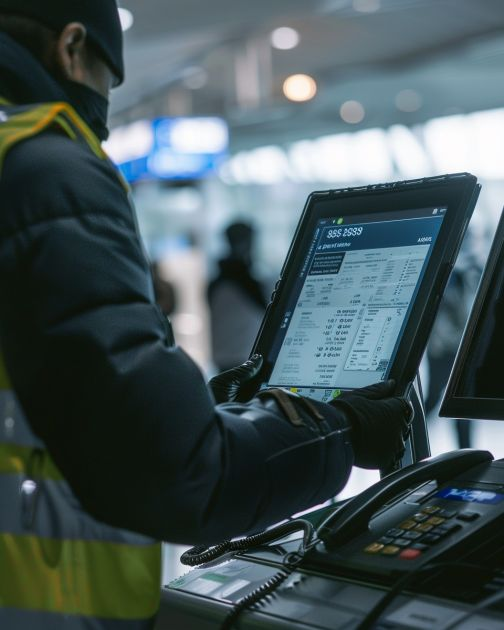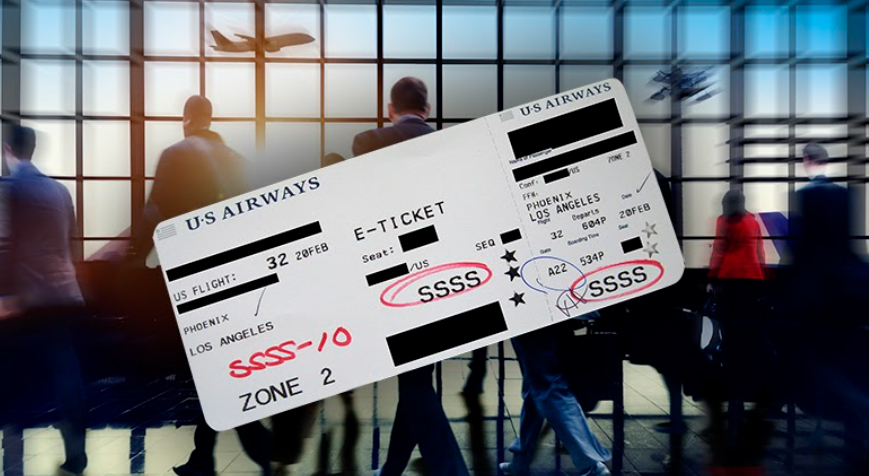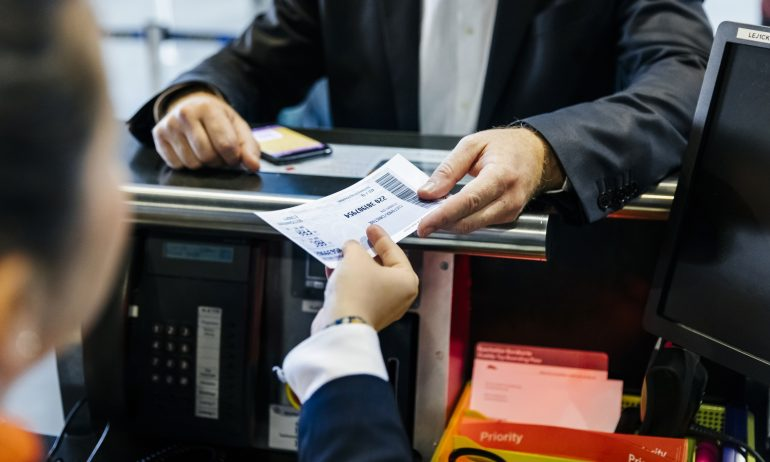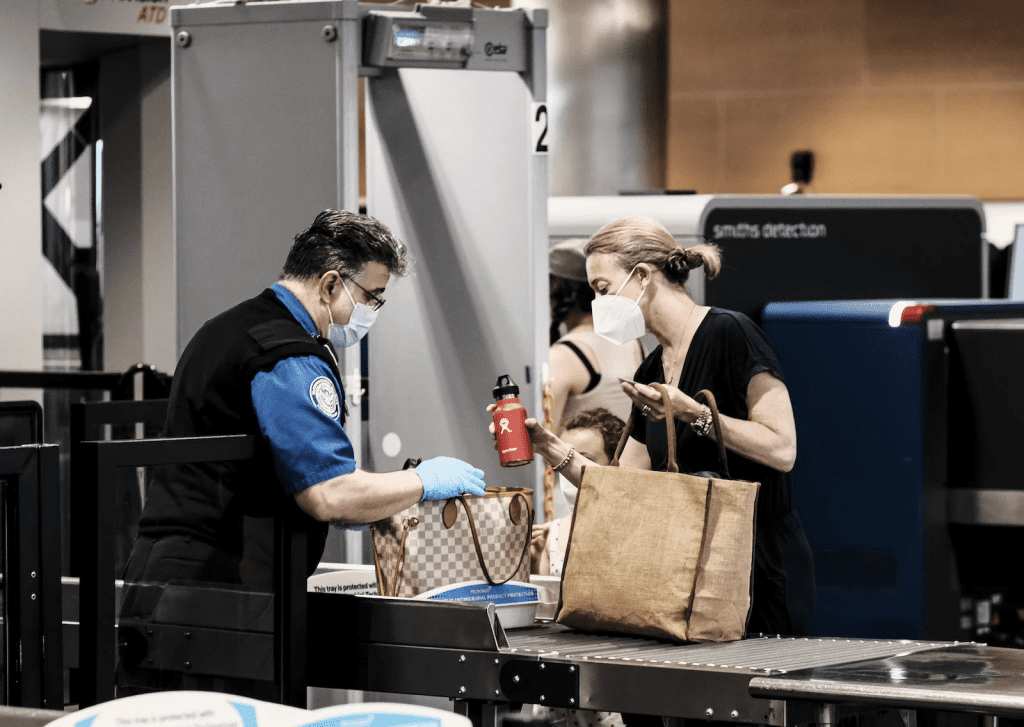The excitement of welcoming my son’s fiancée has been clouded by a small but daunting travel hiccup. She was stopped at the airport with the letters “SSSS” on her boarding pass—a surprise for both her and us, given that this was her first flight. The SSSS designation, a term unfamiliar to many, can be an unsettling experience, especially for first-time flyers. To help others who may encounter this situation, we’ll break down what SSSS means, why it happens, and how to handle it with ease.
What Does SSSS Mean on a Boarding Pass?

SSSS stands for “Secondary Security Screening Selection” and is used by the U.S. Transportation Security Administration (TSA). When a passenger receives an SSSS mark on their boarding pass, they are selected for additional security checks beyond the standard screening. This is part of TSA’s approach to enhancing airport security and ensuring safe air travel.
SSSS typically appears for travelers on international flights to or from the United States, but it’s not restricted to international flights alone. Passengers marked with SSSS can expect more thorough screenings, including extra scrutiny of both their belongings and themselves.
Why Might Someone Receive an SSSS Marking?
The SSSS designation is assigned for various reasons, and it doesn’t always imply anything negative. Here are a few reasons that could lead to someone receiving this marking:
1. Random Selection
- The TSA sometimes selects passengers at random for additional screening. This practice is a part of their security protocol and is based on no specific individual characteristics or suspicions.
2. Last-Minute Ticket Purchases
- If you purchase a ticket at the last minute, the TSA may designate you for extra screening. This is because last-minute purchases sometimes align with suspicious travel behavior, so additional screening helps ensure security.
3. International Travel Routes
- Travelers to or from countries considered high-risk or known for elevated security concerns may receive an SSSS marking more frequently. International flights often carry stricter security guidelines, so travelers on these routes may encounter SSSS.
4. Inconsistent or Unusual Travel Patterns
- Passengers with irregular travel histories or those who have visited certain countries in the past might be flagged for extra screening. This isn’t always the case, but TSA uses various criteria, including travel history, when selecting individuals for secondary screening.
What to Expect During the SSSS Screening Process

So, what happens when someone receives SSSS on their boarding pass? The experience involves several additional steps beyond the standard security check. Here’s a quick rundown of what you might experience:
1. Enhanced Document Check
- The boarding pass will be scanned, and the SSSS marking will prompt TSA agents to initiate additional verification. Expect TSA officers to scrutinize identification and boarding documents more thoroughly.
2. Additional Identification Verification
- Passengers with an SSSS marking may need to present further identification or even answer additional questions about their travel plans. This is meant to confirm their identity and reason for travel.
3. Comprehensive Physical Pat-Down
- A TSA officer may conduct a more detailed physical pat-down. This can feel intrusive, but it’s a routine part of the secondary screening to ensure no prohibited items are carried onboard.
4. Intensive Luggage Inspection
- All carry-on and checked luggage will undergo a detailed inspection. Passengers may need to remove items for a closer look, and TSA might conduct additional testing on belongings.
5. Potential Questioning
- Occasionally, TSA officers may ask the passenger questions about their travel history, the purpose of their trip, or their destination. This additional questioning is designed to verify details and confirm no security threats are present.
How to Prepare for an SSSS Screening

Preparing for an SSSS screening can save you time and reduce stress. Here are some quick tips to make the process smoother if you or a loved one ever encounters it:
1. Arrive at the Airport Early
- Since an SSSS screening can take more time, it’s wise to arrive at the airport earlier than usual. Allowing extra time ensures you won’t feel rushed, even if the screening takes longer than expected.
2. Have Identification Ready
- Keep multiple forms of identification within reach. Being organized with your documents will streamline the verification process and reduce waiting time.
3. Pack Mindfully
- Pack efficiently and consider separating electronics, liquids, and other items that might require additional inspection. Well-organized luggage makes it easier for TSA officers to complete their checks swiftly.
4. Stay Calm and Cooperative
- Remaining patient, calm, and polite can make the process go more smoothly. TSA officers are simply doing their jobs, and showing cooperation can help expedite the procedure.
How to Reduce Future SSSS Screenings

While it’s not always possible to avoid an SSSS marking, there are ways to reduce the likelihood of receiving it repeatedly. Here are a few strategies:
1. Enroll in a Trusted Traveler Program
- Programs like TSA PreCheck and Global Entry offer pre-approval for trusted travelers, making it less likely to receive SSSS in the future. These programs require background checks but can streamline future travel.
2. Consider Filing a Redress Inquiry
- If you believe you’ve been incorrectly flagged for SSSS screenings on multiple occasions, you can submit a complaint through the DHS Traveler Redress Inquiry Program (TRIP). This program helps travelers resolve potential issues with their travel records.
3. Maintain a Consistent Travel Record
- Frequent and regular travelers tend to receive SSSS less often, as consistent travel patterns make it easier for TSA to determine typical behavior. Sticking to established travel habits can help reduce the chances of random screenings.
Conclusion: Approach SSSS With Confidence
Receiving an SSSS on your boarding pass can certainly be unsettling, especially for first-time flyers. However, understanding the reasons behind this designation, knowing what to expect, and preparing accordingly can transform this experience from a hassle to a mere formality. By following these guidelines, my son’s fiancée—and any other traveler encountering SSSS—can feel empowered to navigate the process smoothly and with confidence. So next time you’re traveling, even if you see those four letters, remember that a bit of preparation goes a long way. Safe travels!


